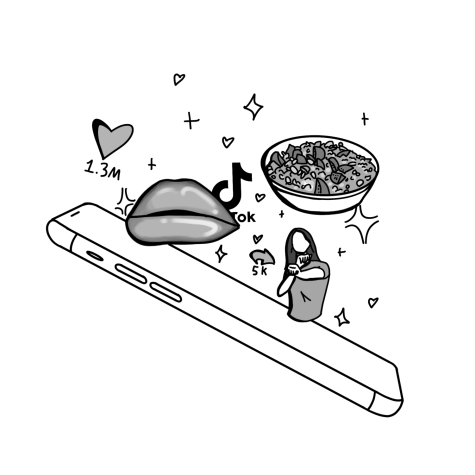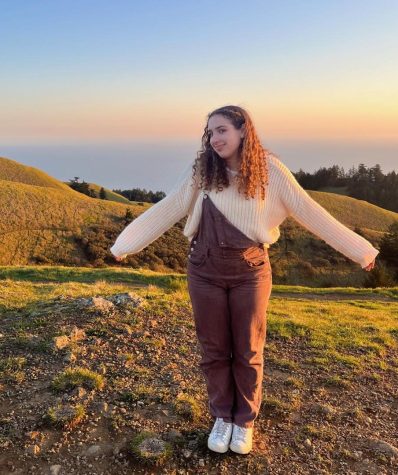‘Give credit to whom credit due’ – quote by Samuel Adams
February 10, 2023
One social media post can start a trend that spreads to millions within hours. While this instant dissemination of content can connect people and ignite careers, it often benefits the wrong people. Many white influencers take credit for starting a trend when in actuality, the trend was created by a creator of color or based on a cultural practice. This pattern is harmful and racist; to mitigate this cycle, audiences need to be more aware of the content they are consuming.
The New York Times identified cultural appropriation as “one of the most misunderstood and abused phrases of our tortured age.” They defined appropriation as “the notion of adapting something so it is particular to oneself, so that it no longer belongs to or is true to the character of the original source — is no longer other but self.” Many of these popular social media trends have been taken from the culture they originated in, thus underscoring their meaning, significance and history.
Many confuse cultural appropriation with cultural appreciation; however, appreciation can only occur when credit to the creator is given, and the origins and history are fully understood. Appropriation takes without credit, and people on social media often do not understand these key differences.

A popular example is Hailey Bieber’s self-proclaimed “brownie-glazed lips,” or simply brown lip liner and lip gloss. After posting a video of herself wearing it, the “trend” took off. Unbeknownst to many of Bieber’s followers, communities of color had been doing this look for ages. Not once did Bieber claim to create it, but as she never credited it back to anyone, the world gave her credit. In response to this disconnect, TikToker Taija Reed posted a video saying, “When black and brown people do it, it’s called ghetto,” and then noted the mass amount of praise Bieber has received for “discovering” this lip look. It is simple to do quick research before following a trend and finding the original creator. Reed’s comparison of these reactions shows the racism, external and internal, of media and society; anyone who donned “brownie-glazed lips” and credited Bieber is a contributor to this, regardless of their awareness.
While few students claim to follow trends, even fewer claim to credit them. According to a January Bark survey, only eight percent of students always give credit to original creators and 35 percent of students sometimes do, while 30 percent never give credit to those who started trends when following them. And even if students give credit to those who they believe started the trend, they may not always be correct; hence, contributing to a cycle of misdirected credit. Without doing research, trying to be the next big trendsetter can actually hurt people, despite what your intentions may be. Looking into trends and finding background is really very simple. For example, content creator Charli D’Amelio became famous for the Renegade dance, a popular social media dance to the song “Lottery” by K Camp. When she first posted on TikTok, she could not have expected the fame she received — but nonetheless, she got it.
Jalaiah Harmon choreographed the dance, but was not credited until fans pressured D’Amelio into acknowledging it. While she later gave the proper credit, it is still her responsibility to acknowledge her lack of creation early on. The lack of credit for choreography reveals a more complex aspect of this issue: While stolen trends are not always culturally appropriated, creators are often not crediting the original creators of color, thus adding to a culture of racism on social media. D’Amelio has had wild success, becoming arguably one of the faces of TikTok; Harmon has not. And that is not to say Harmon would have necessarily reached D’Amelio’s level of fame, but nobody can ever be sure due to the chance being taken from her. When people claim credit or gain popularity for a trend they did not start, they are taking away the success that could have been rightfully gained by the original creator, and all too often this happens to creators of color.
On social media, almost everything can be appropriated. Recently, “spa water” and “cowboy caviar” have gained popularity and critique as they can relate back to traditional foods from the Latinx community, like agua fresca, pico de gallo and ceviche. However, had these influencers done some research and credited the original creators of these trends, this cycle of racism and misinformation could have been halted. TikTok, the main source of these problems, has a search bar and Google is free to everyone. Looking things up doesn’t take time, and it can stop a long cycle of miscrediting.






